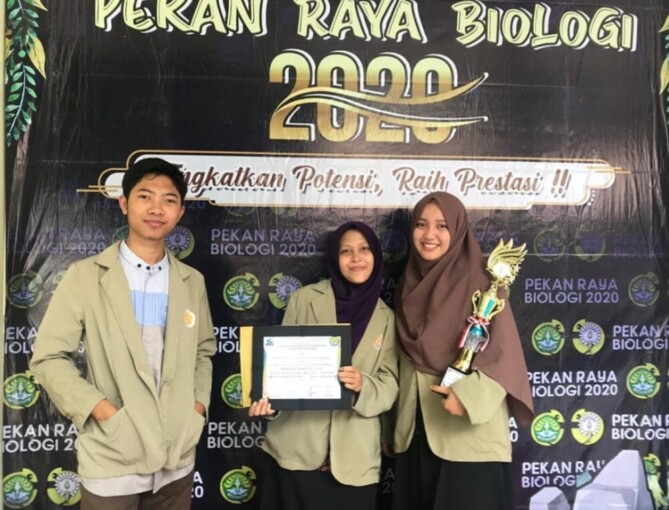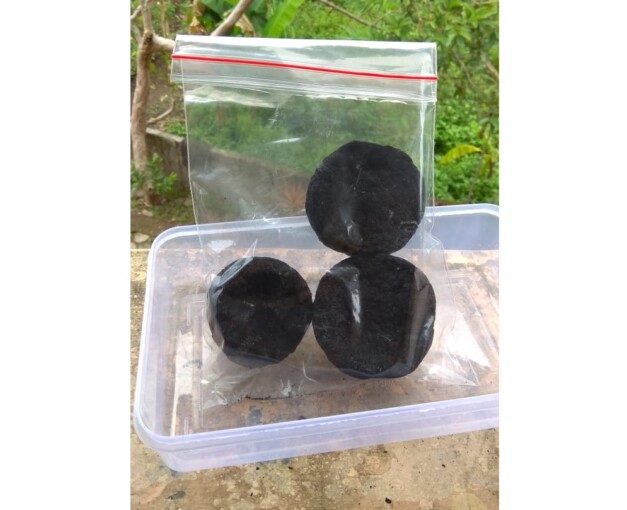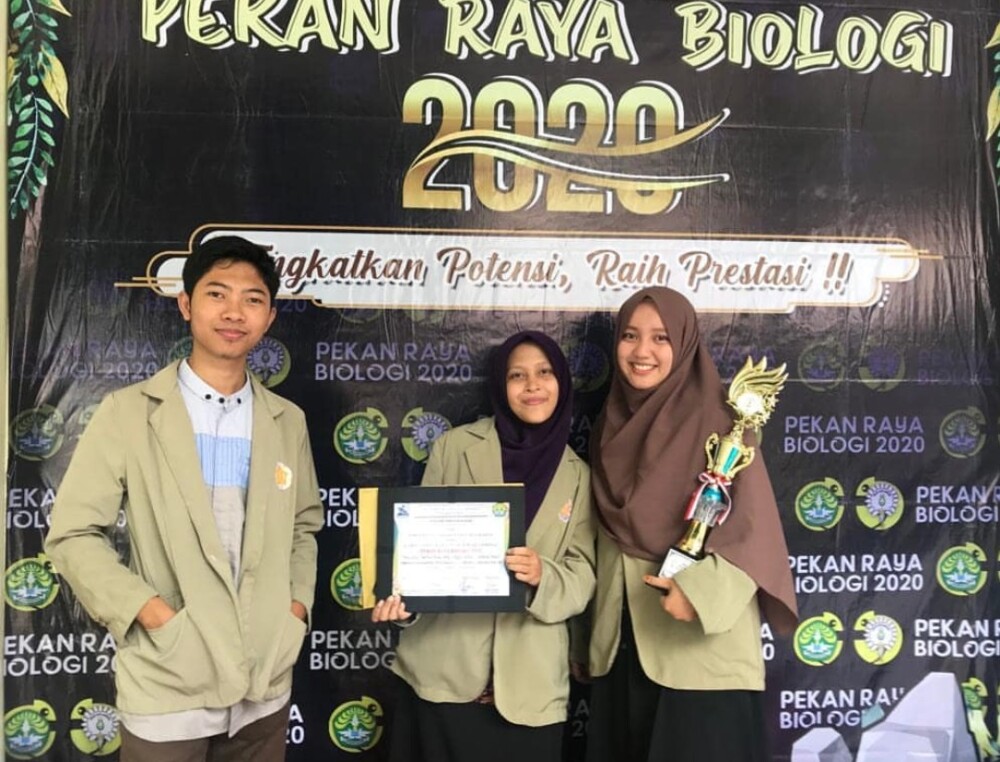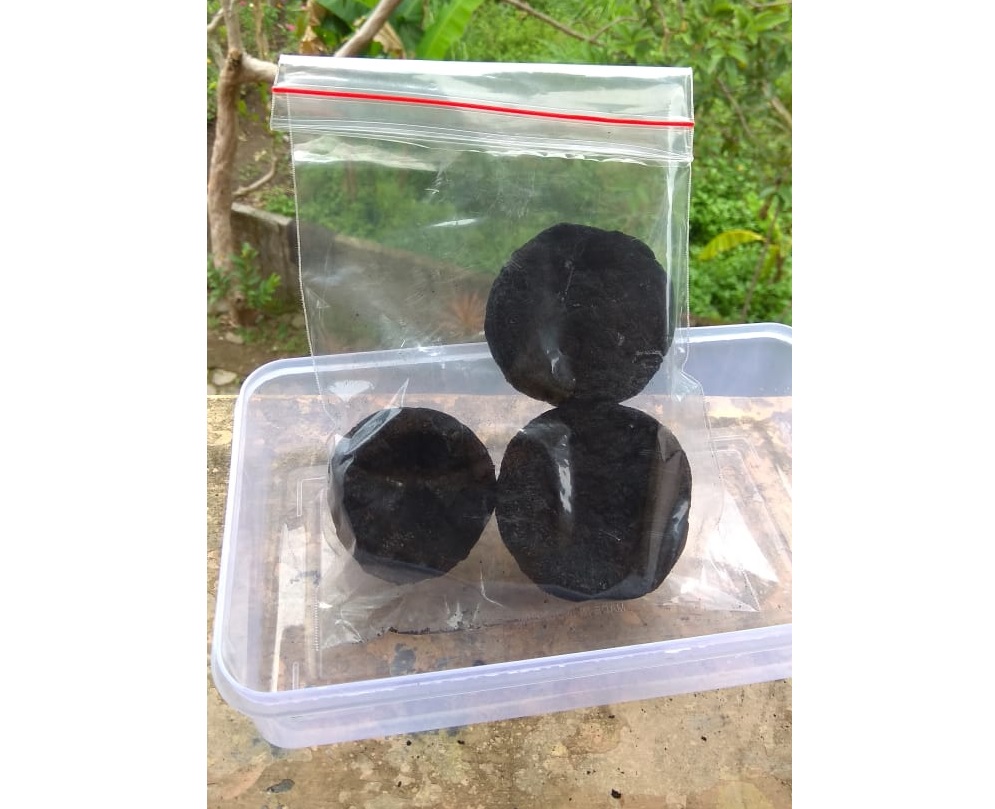The team of students of the Faculty of Biology UGM initiated the utilization process of the sheep goat into biomass briquettes.
The UGM Biology Faculty team consists of Khoiruddin Anshori (2017), Hana Widiwati (2017), Alifia Safputeri (2018) with Dr. Eko Agus Suyono, M.App.Sc. The embodiment of this idea was in the form of scientific papers, even won 1st place in the 2020 National Scientific Writing competition. In the competition held at the University of Riau early last year, the Biogama Team succeeded in eliminating 17 teams from various universities in Indonesia.
“At that time, we proposed the idea of a new energy-based efficient technology innovation. It is entitled Conversion of Biochar Sheep Goat’s Stool into Biomass Briquette as a Solution for Harvesting Waste Resources in Animal Husbandry and Rural Potential Development in Indonesia,” Hana said on Tuesday (6/30).
Hana said the idea based on the large population of sheep in Indonesia. This condition causes livestock waste production to continue to increase. Meanwhile, up to now, the goats’ faeces have not been used optimally by the breeders, causing environmental pollution.
According to her, the conversion of goat manure into biomass briquettes became an alternative solution to solve the problem because the waste sheep goat has biomass that can be used as a renewable energy source.
There will be a quick process of harvesting energy from biomass using pyrolysis technology. The procedure for making biomass briquettes begins with the accumulation of dirt. Then, the results are dried in the sun to reduce the moisture content. Next, it is fed into the pyrolysis reactor to obtain biochar. The obtained biochar is then mixed with a starch mixture, then printed and dried in the sun.
“The biomass briquettes produced have almost the same energy as fossil fuels,” she explained.
Hana mentioned the appropriate technology that converts goat waste into biomass briquettes has economic value that is worth considering. To reduce production costs, you can reuse bio-oil produced in the pyrolysis process as fuel in the pyrolysis reactor.
Author: Ika
Translator: Natasa A






